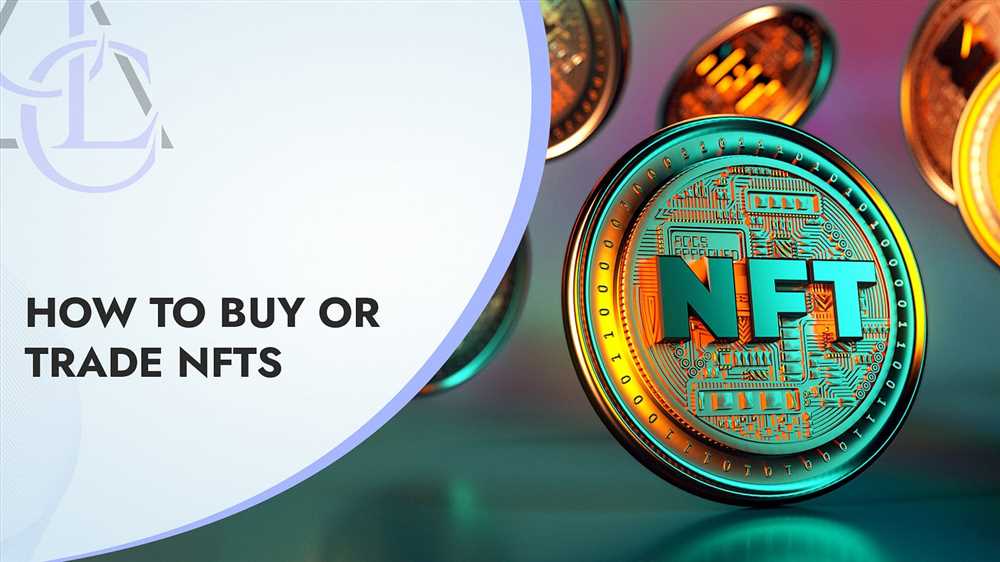
The world of digital art has been revolutionized by the rise of non-fungible tokens (NFTs), and at the forefront of this movement is Ethereum. NFTs are unique digital assets that can represent ownership or proof of authenticity for any type of digital content, including artwork, music, videos, and more. Ethereum, with its smart contract capabilities and decentralized nature, has become the go-to platform for creating, trading, and showcasing NFTs.
One of the key reasons for Ethereum’s dominance in the NFT space is its ability to provide a secure and transparent environment for creators and collectors. By leveraging blockchain technology, Ethereum ensures that ownership and transaction history of NFTs are stored on an immutable ledger, making it virtually impossible to counterfeit or manipulate. This level of trust and authenticity is crucial for the success of NFTs, as it gives creators the confidence to monetize their digital creations and collectors the assurance that they are purchasing a unique and valuable asset.
Furthermore, Ethereum’s smart contract functionality has opened up a world of possibilities for NFTs. Smart contracts are self-executing contracts with predefined conditions that are coded into the blockchain. This means that creators can program their NFTs with specific instructions, such as royalties or rules for future sales. For example, an artist can ensure that they receive a percentage of the sale price every time their NFT is resold, providing a sustainable source of income. Additionally, smart contracts can enable NFTs to interact with other decentralized applications (DApps) on the Ethereum network, creating dynamic and interactive digital experiences.
The rise of NFTs has sparked a frenzy of creativity and innovation in the art world. Artists who were previously limited by traditional mediums now have the opportunity to leverage the digital space and reach a global audience. Collectors, on the other hand, can own and display digital artwork in ways that were never before possible. While there are still challenges and debates surrounding NFTs, one thing is clear: Ethereum’s role in enabling this phenomenon cannot be overstated. As the NFT market continues to grow and evolve, Ethereum will undoubtedly play a pivotal role in shaping its future.
Ethereum’s pivotal role in the NFT ecosystem
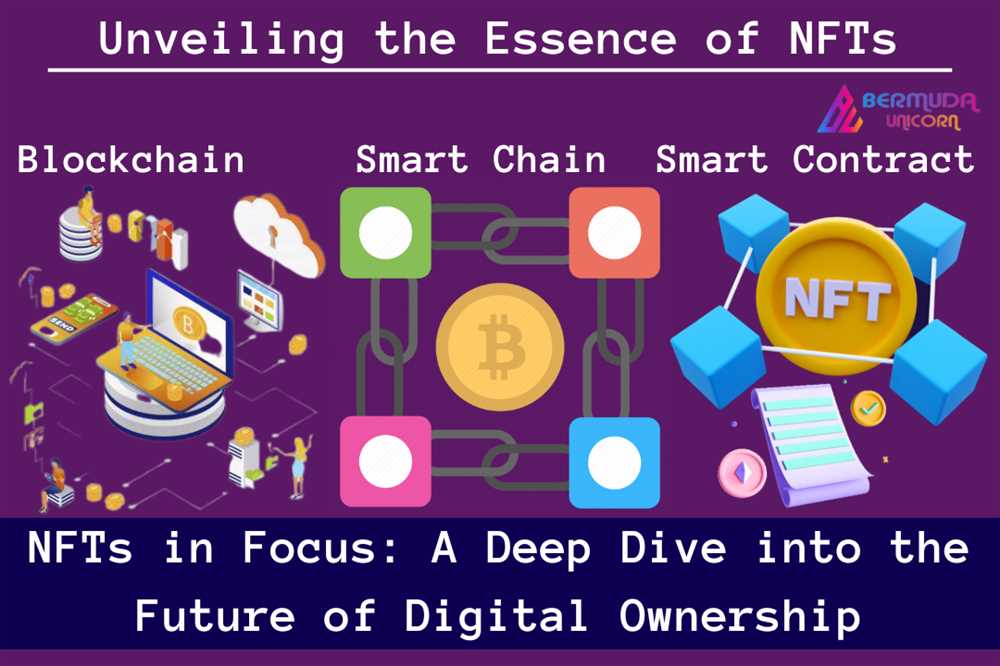
Ethereum, the world’s second-largest cryptocurrency by market capitalization, has emerged as a crucial player in the rapidly growing Non-Fungible Token (NFT) ecosystem.
As an open-source blockchain platform that supports smart contracts, Ethereum provides the necessary infrastructure for creators and collectors to create, buy, sell, and trade NFTs securely and transparently.
One of the key aspects of Ethereum’s role in the NFT ecosystem is its ability to tokenize digital assets. Through the use of ERC-721 and ERC-1155 standards, Ethereum enables the creation and representation of unique digital items, such as artwork, music, videos, and virtual real estate, as NFTs.
Decentralization and immutability
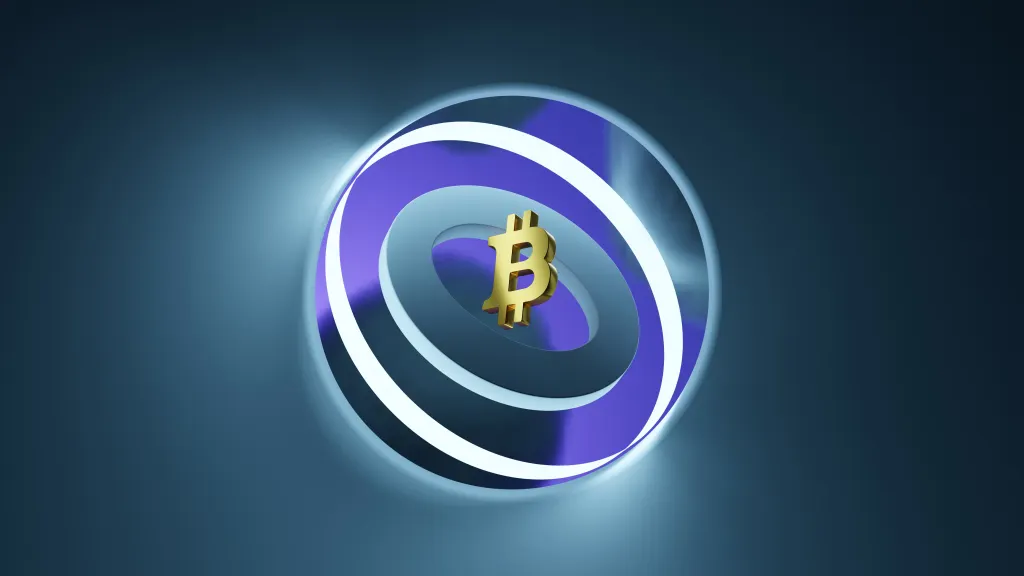
Ethereum’s decentralized nature and immutability make it an ideal platform for NFTs. Unlike traditional centralized platforms, the ownership and provenance of NFTs are recorded on the Ethereum blockchain, ensuring transparency and preventing fraud or tampering.
By leveraging Ethereum’s distributed network of nodes, NFT creators can guarantee the scarcity and uniqueness of their digital assets. This decentralized approach also allows for greater independence and censorship resistance, as NFTs can be traded peer-to-peer without intermediaries or third-party control.
Interoperability and ecosystem growth
Ethereum’s role in the NFT ecosystem extends beyond its core blockchain. The Ethereum Virtual Machine (EVM) enables interoperability with other blockchain networks through cross-chain bridging solutions, fostering the growth of the NFT ecosystem.
By bridging different blockchain protocols, Ethereum makes it possible for NFTs to be used across various platforms and applications, expanding their utility and potential value. This interoperability also facilitates collaborations between artists, developers, and collectors, leading to the creation of new and innovative NFT projects.
Furthermore, Ethereum’s vibrant developer community has contributed to the development of NFT-focused marketplaces, wallets, and infrastructure, enriching the overall NFT ecosystem and providing users with a seamless and immersive experience.
In conclusion, Ethereum plays a pivotal role in the NFT ecosystem by providing the technological foundation, decentralization, immutability, interoperability, and developer support necessary for the creation, trading, and growth of NFTs. As the popularity of NFTs continues to rise, Ethereum is likely to remain at the forefront of this transformative digital asset class.
The impact of NFTs on the art and collectibles industry
The rise of NFTs has had a profound impact on the art and collectibles industry. With the introduction of NFTs, artists and collectors alike have found new ways to create, buy, sell, and trade digital art and collectibles.
One of the key advantages of NFTs is their ability to provide provenance and authenticity for digital assets. Traditionally, it has been challenging to prove the authenticity and ownership of digital art or collectibles due to the ease of copying and replicating digital files. However, with NFTs, each digital asset is assigned a unique token that is stored on the blockchain, making it impossible to duplicate or tamper with.
This traceability has revolutionized the art and collectibles industry by allowing artists to sell their work directly to collectors without the need for intermediaries such as galleries or auction houses. This has created new opportunities for artists to earn income from their digital creations, reaching a global audience of collectors.
NFTs have also brought about a new level of accessibility and inclusivity in the art world. Digital art can be viewed and purchased by anyone with an internet connection, breaking down geographical barriers and allowing artists and collectors from all over the world to connect and collaborate.
In addition to art, NFTs have also had an impact on the collectibles market. Collectors can now own digital representations of popular collectibles, such as trading cards, virtual real estate, or in-game items. These digital collectibles can be traded or sold just like physical collectibles, but with the added benefit of being easily transferable and verifiable.
NFTs have also introduced new revenue streams for artists and creators. Through royalties and secondary sales, artists can continue to earn income from their digital creations even after the initial sale. This provides artists with a sustainable source of income and incentivizes them to continue creating.
| Benefits of NFTs in the art and collectibles industry: |
|---|
| Provenance and authenticity for digital assets |
| Direct sales between artists and collectors |
| Increased accessibility and inclusivity in the art world |
| New revenue streams for artists and creators |
| Expansion of the collectibles market |
Potential challenges and future prospects for NFTs on Ethereum
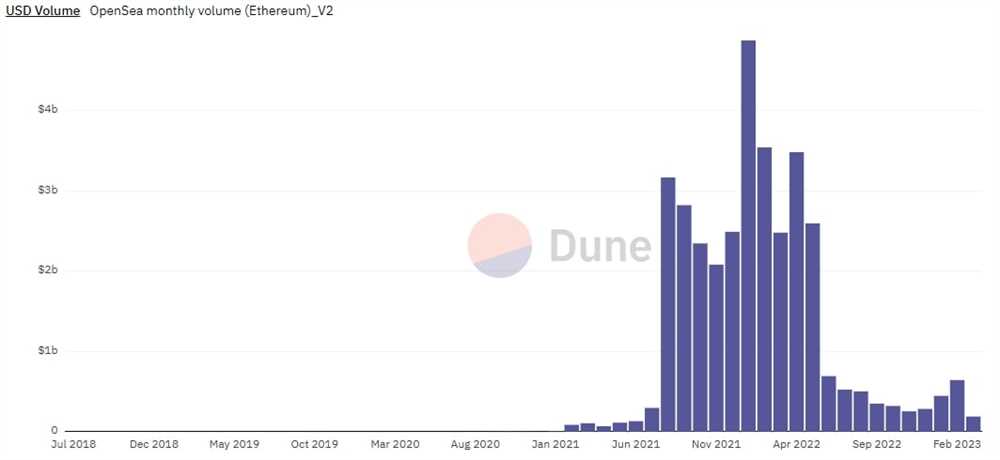
As Ethereum continues to be the leading platform for NFTs, there are a number of potential challenges that may arise in the future. These challenges include:
- Scalability: Ethereum’s current scalability limitations may hinder the growth of NFTs on the platform. As more users and applications adopt NFTs, the network may become congested, resulting in higher fees and slower transaction times.
- Environmental concerns: Ethereum’s underlying proof-of-work consensus mechanism consumes a significant amount of energy. As the popularity of NFTs grows, the environmental impact of Ethereum’s mining operations may come under scrutiny. This could lead to calls for more energy-efficient alternatives or the development of sustainable solutions.
- Regulatory considerations: The rapid rise of NFTs has caught the attention of regulators around the world. As these digital assets gain prominence, regulatory frameworks may need to be established to protect investors and prevent fraudulent activities. The lack of clear regulations can create uncertainty for participants in the NFT market.
- Interoperability: Currently, NFTs on Ethereum are not easily transferable to other blockchains. This lack of interoperability limits the potential for NFTs to be used across different platforms and ecosystems. Interoperability standards and bridges will need to be developed to enable seamless cross-chain transactions.
- User experience: The user experience for interacting with NFTs on Ethereum can be complex and daunting for newcomers. Simplifying the process of buying, selling, and storing NFTs will be crucial in attracting and retaining a broader audience.
Despite these challenges, the future prospects for NFTs on Ethereum are promising. The technology has already demonstrated its potential to revolutionize various industries, including art, gaming, and collectibles. As Ethereum evolves and addresses these challenges, NFTs have the potential to become more mainstream and widely adopted. The development of layer 2 scaling solutions, such as Ethereum’s upcoming upgrade to Ethereum 2.0, could significantly improve the scalability of the platform and alleviate congestion issues. Additionally, the industry is actively exploring solutions for energy-efficient consensus mechanisms, and collaborations with other blockchains are being pursued to enable greater interoperability.
Overall, while there are hurdles to overcome, it is clear that NFTs have the potential to reshape the digital landscape, and Ethereum’s role will continue to be instrumental in this transformative process.
What are NFTs?
NFTs, or non-fungible tokens, are unique digital assets that are stored on the blockchain. Unlike cryptocurrencies such as Bitcoin or Ether, NFTs cannot be exchanged on a one-to-one basis as they each have their own distinct value and properties.
How do NFTs work on the Ethereum blockchain?
NFTs on the Ethereum blockchain are based on the ERC-721 standard, which allows for the creation and management of unique tokens. Each NFT is represented by a smart contract that defines its properties and tracks ownership. The Ethereum blockchain ensures the immutability and transparency of NFT transactions.
Why has there been a rise in popularity of NFTs?
There are several factors contributing to the rise in popularity of NFTs. Firstly, NFTs have gained attention due to the ability to tokenize and sell digital artwork, music, and other unique items. Additionally, NFTs have provided a new way for creators to monetize their work and connect directly with fans. The scarcity and uniqueness of NFTs also adds to their appeal.






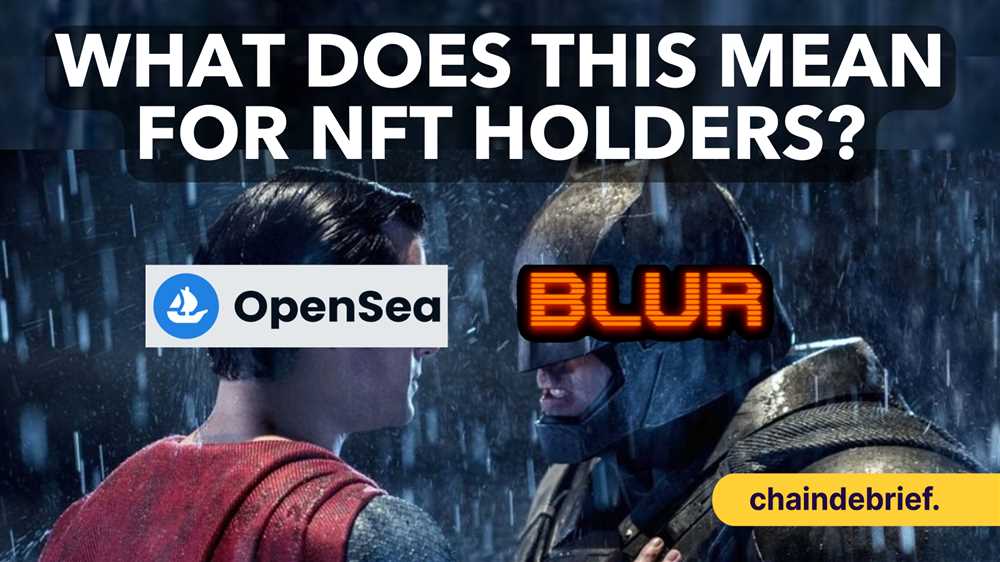
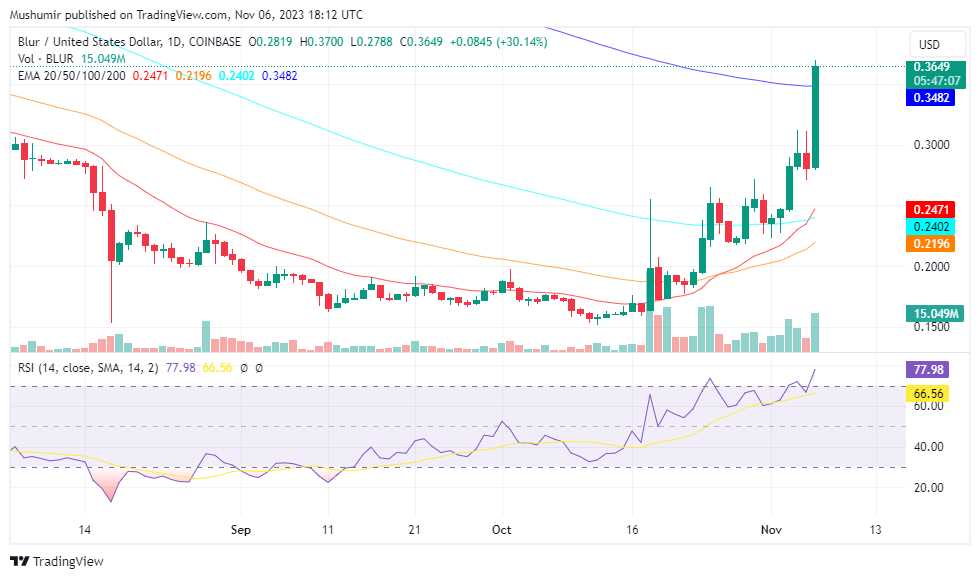
Leave a Reply